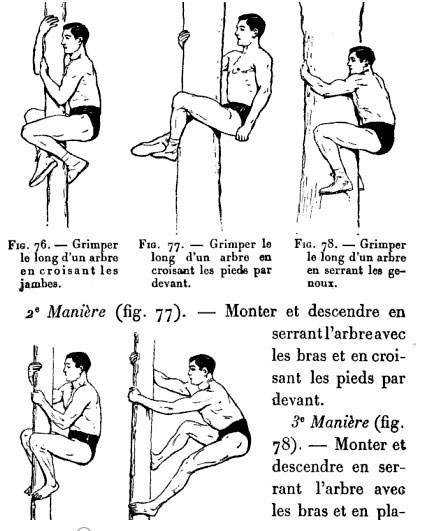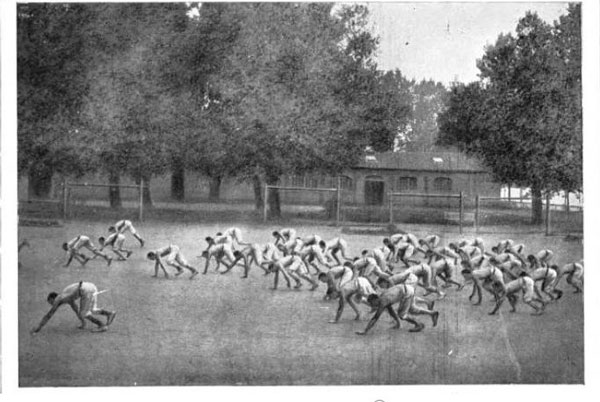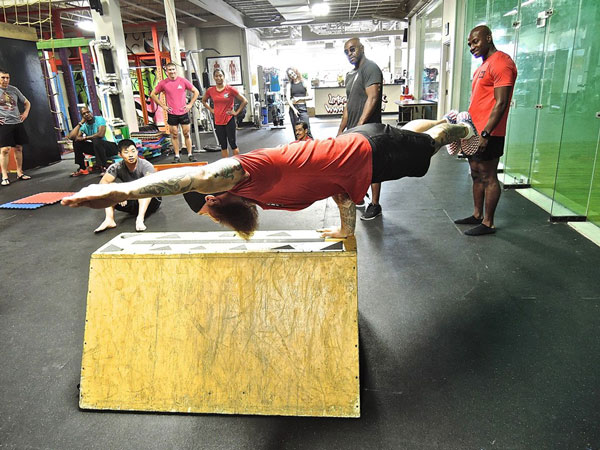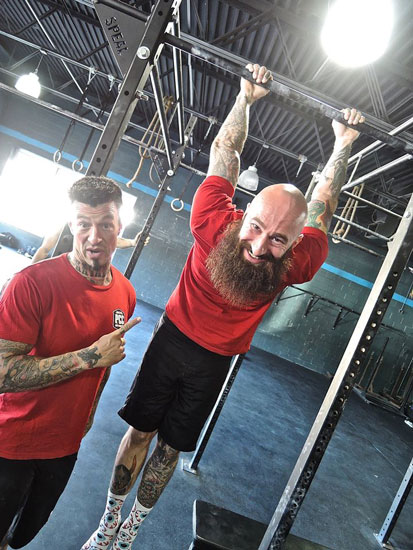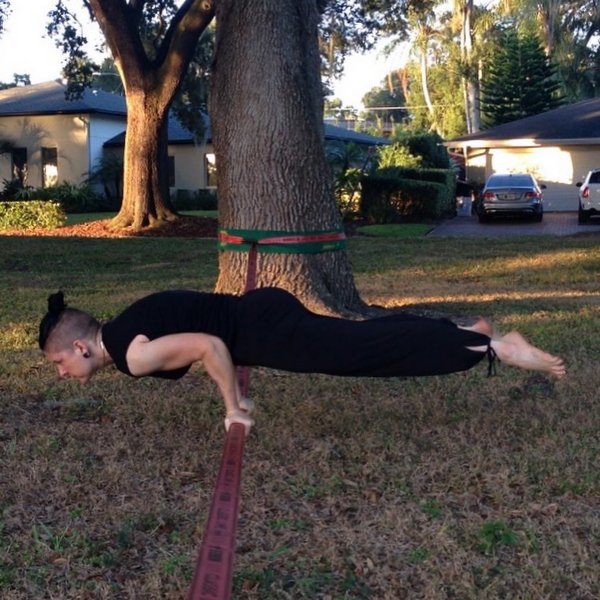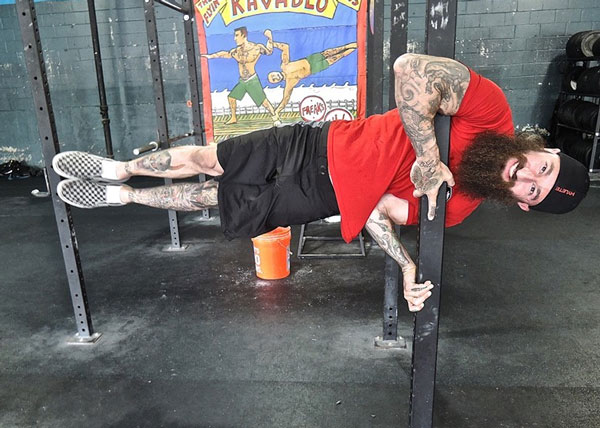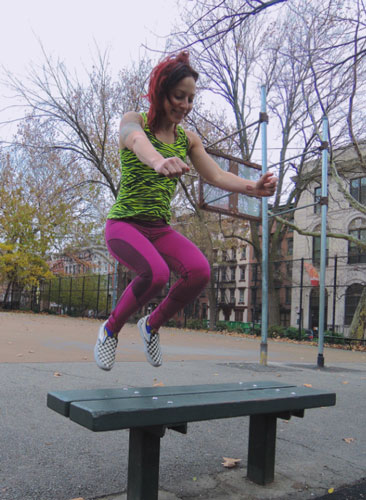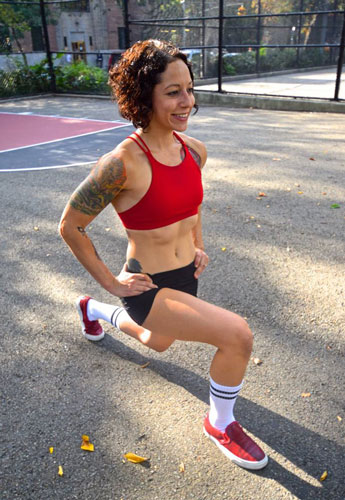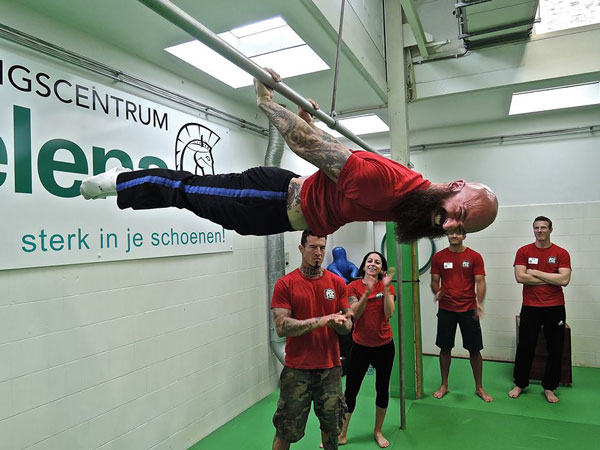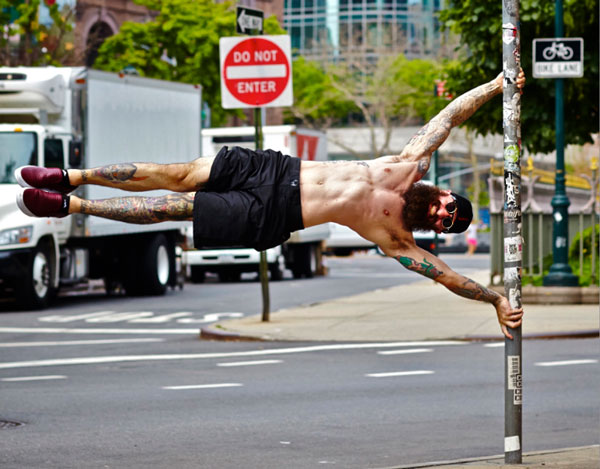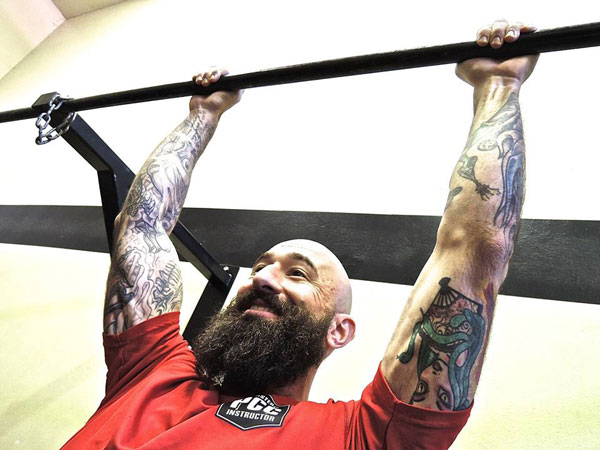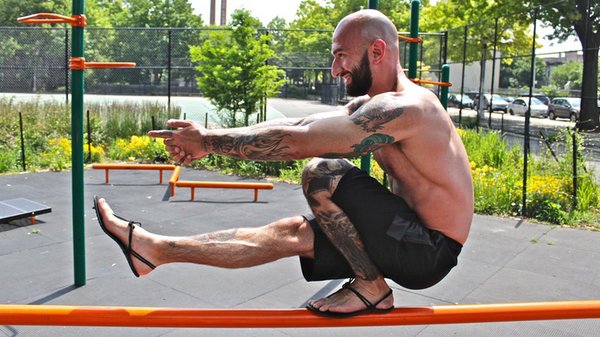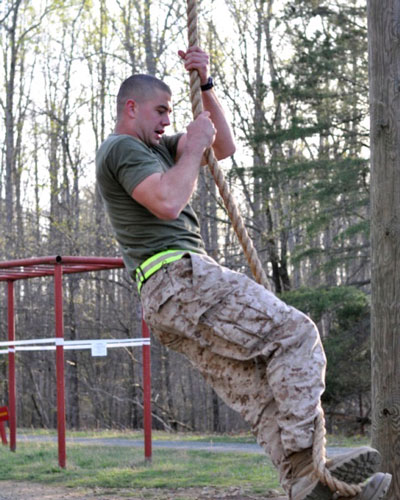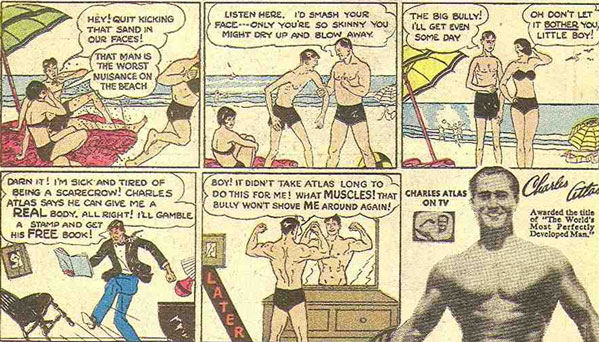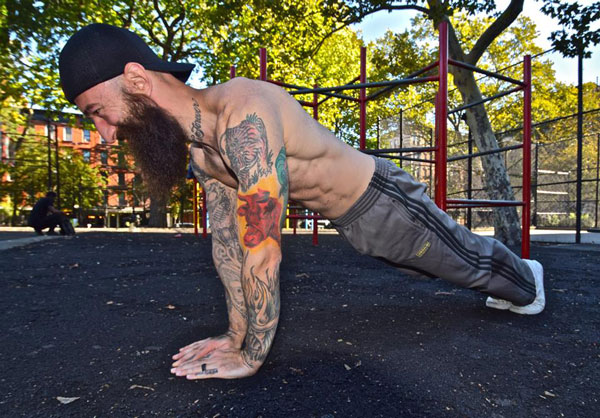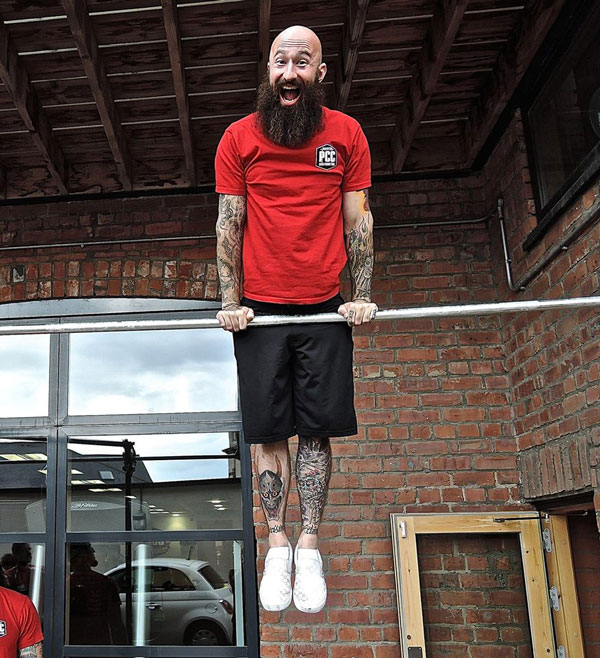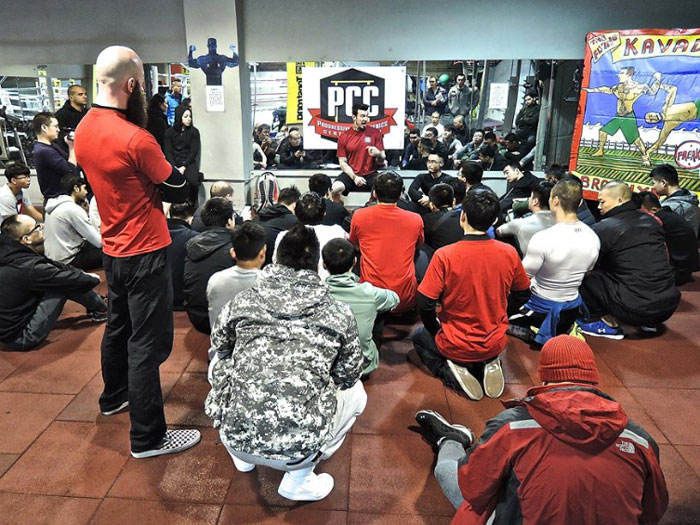
Laziness is a cornerstone of the many excuses people give for not staying active.
In an effort to reduce laziness, we commonly experiment with several workout strategies that offer us an exciting challenge and minimize boredom.
When we think about it, though, many proven strength training programs are boring cookie-cutter routines. These same workout templates have been around forever—as recycled/revamped set-rep schemes that are also available online for free.
If they work so damn well, what’s the issue?
Well, for starters, they’re hard to stick to.
This is because the physiological benefits from a strength training program over the short run aren’t always consistent with our psychological experience over the long run.
In other words, we all enjoy getting stronger by following those cookie-cutter programs until their linear progressions stop working.
Then we no longer experience the same level of happiness from our workouts.
Then anxiety, frustration and boredom settle in.
Then we lose interest and get lazy.
Then we find ourselves hopping around programs like a bunny that lost its energizer batteries.
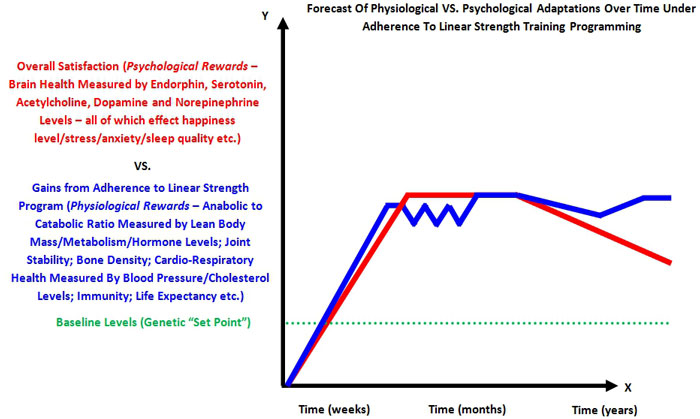
As we can see, it’s a hellacious cycle of unrewarding time and effort invested. This is what happens when our original goals become more important than our journey.
So . . .
HOW do we adapt our goal-oriented mindset to fit in with our process-oriented reality?
HOW do we embrace the method to our madness without letting our strength program become just another boring cookie-cutter routine?
HOW do we find balance between the physiological and psychological aspects of exercise without losing sight of what we originally set out to accomplish?
. . . We focus on performance.
Even on the most sluggish of days, the way we perform our reps still dictates the type of gains (or lack of gains) we receive. So, once we become more aware of our stronger and weaker days (over the course of weeks, months and years of experience), the key to boosting performance is then through executing variety in repetition.
Let’s go over how to apply some popular rep styles that further maximize performance and minimize laziness.
Please note that, to get the point across in the most objective manner possible, we’ll assume a total body workout emphasis with demonstrations of each rep style coming from the handstand push-up chain of progressions (i.e. pike push up – to target upper body) and the shrimp squat chain of progressions (i.e. foot elevated/Bulgarian split squat – to target the lower body).
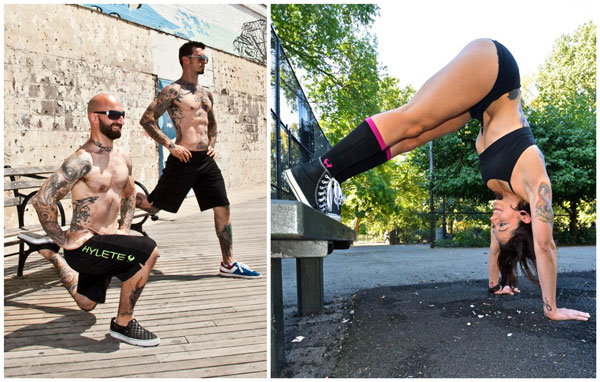
FASTER “SNAPPY” Reps
This rep style is characterized by a maximum application of force on the acceleration phase of a range-of-motion. Imagine trying to launch off like a rocket or catapult when transitioning from the eccentric/lowering phase to the concentric/lifting phase–especially when our bodyweight resistance makes a movement (initially) feel lighter (until fatigue sets in, of course).
This rep style can be further divided into two subcategories: explosive/ballistic and plyometric reps. The key difference between these two subcategories is that explosive/ballistic reps are performed without “catching any air,” while plyometric reps involve a short but powerful time period off the ground. From a physics perspective, explosive/ballistic reps demonstrate why force equals mass times acceleration (i.e. F = ma), whereas plyometric reps take things a step further to show why power equals force times velocity (i.e. P = fv).
FASTER Upper Body Demo 1 (explosive-ballistic)
FASTER Upper Body Demo 2 (plyometric)
FASTER Lower Body Demo 1 (explosive-ballistic)
FASTER Lower Body Demo 2 (plyometric)
Pros: Improves speed, explosiveness and fast-twitch motor recruitment—which means greater carryover to athletic skills that require considerable force and power production; Permits the use of momentum to support a smoother eccentric to concentric transition—which allows for a higher number of reps to be performed cleanly.
Cons: Decreases total body awareness—which can lead to injury when an individual hasn’t fully mastered a movement or progressed it appropriately; Does not simulate the amount of speed and muscle tension for setting PRs.
When to Use: Ideal for all fitness levels training in the 6-12 rep range (i.e. working with the lower level progressions of “the big six” from Convict Conditioning) – wherein the emphasis is on speed & power output first, muscle-building & size second, and strength third.
Beyond Calisthenics: For those who wish to supplement their calisthenics training with weighted movements, this rep tempo would be most appropriate for exercises like kettlebell swings and snatches, one-arm rows with dumbbells/kettlebells/barbells, as well as barbell push-presses and hang power snatches.
SLOWER “Grinding” Reps
This rep style is characterized by a deliberate application of constant muscle tension throughout the entire range-of-motion. Imagine trying to flex the target muscles for an exercise as hard as possible—as if we’re doing a photo shoot for a fitness magazine cover—while executing a single rep for an exercise.
SLOWER Upper Body Demo
SLOWER Lower Body Demo
Pros: Increases total body awareness—which has implications for injury prevention—even if the rest of mainstream health & fitness media deems a particular exercise as being “unsafe;” Simulates the amount of speed and muscle tension required for setting PRs.
Cons: Decreases speed, explosiveness and fast-twitch motor recruitment—which means less carryover to athletic skills that require considerable force and power production; Does not permit the use of momentum to support a smoother eccentric to concentric transition—which will not allow a higher number of reps to be performed cleanly.
When to Use: Ideal for intermediate and advanced-level individuals training in the 1-5 rep range (i.e. working with the higher level progressions of “the big six” from Convict Conditioning) – wherein the emphasis is mostly on strength and precision in power output.
Beyond Calisthenics: For those who wish to supplement their calisthenics training with weighted movements, this rep tempo would be most appropriate for exercises like Turkish get-ups with kettlebells/dumbbells, heavy deadlifts and front squats with a barbell, goblet style shrimp squats (AKA airborne lunges) or Cossack squats (AKA side-to-side squats) with a kettlebell/dumbbell.
MODERATE “Recovery” Reps
This rep style is characterized by a fluid contraction/stretching of the muscles that may also target strength/stability at a specific point throughout a range-of-motion. Imagine the body as an oscillating wave of potential energy—such as a slinky going down a flight of stairs, a child riding a swing back and forth or Wile E. Coyote jumping off the Burj Khalifa building in Dubai with a bungee cord in an attempt to catch The Road Runner.
From a fitness perspective, we’ll have to fire a large number of rapid muscle contractions every second in order for our joints, tendons and muscles to remain stable under oscillating conditions. The more of these contractions we initiate per second while remaining in a stable equilibrium position, the greater our capacity is to recruit the muscles we need to stimulate contraction/growth or stretching/recovery.
There are a few different ways this can be applied:
Isometric Reps
Upper Body Demo
Lower Body Demo
Dead Stop Reps
Upper Body Demo
Lower Body Demo
Pulsed Reps
Upper Body Demo
Lower Body Demo
Normal Reps
Upper Body Demo
Lower Body Demo
Pros: Reinforces a graceful mastering of the positions and transitions throughout a range-of-motion—which can be helpful in overcoming sticking points and plateaus; Encourages healthy circulation and blood flow to muscles, as well as tendons and joints; Ultimately helps make PRs look AND feel easy; Minimizes the amount of muscle fatigue from eccentric stress—which allows the individual to perform more quality work
Cons: Not as energy-expensive as slow or fast rep styles—so they may not be the best starting point for individuals who are simply interested in taking off a few pounds
When to Use: Ideal for anyone interested in progressing high-tension movements like the family of backbends, forward bends, handstands/inversions, front/back/side levers and mid-section holds, as well as one arm or one leg variations for any of these movements—all while facilitating an individual’s original strength training goals
Beyond Calisthenics: For those who wish to supplement their calisthenics training with weighted movements, this rep tempo would be most appropriate for exercises like paused snatches or clean & jerks (i.e. Olympic lifts from floor or blocks), squats with a barbell on the front side or back side, kettlebell or barbell thrusters, cable bicep curls and close grip barbell bench press, as well as farmer’s walks with heavy weight(s) carried above the head, at the “rack position” or beside the torso.
Wrap-Up
At the end of the day, understand that going faster isn’t always better.
And neither is going slower.
We must get stronger and perform better in all rep ranges with their appropriate tempo to balance the physiological and psychological aspects of any workout program.
Since performance is both mental and physical, expect fluctuations to occur depending on sleep and nutrition quality. Learn to respect body along the way to keep those fluctuations to a minimum.
When energy levels are lower, take the intensity down a few notches, and just have some fun without any formal workout structure.
When energy levels are higher, kick the intensity up a few notches, and add in some structured work sets to earn that breakfast, that holiday meal or that dinner out with family & friends over the weekend.
When in doubt, do a little of both!
After all, a wise person once said, “for every action, there’s an equal and opposite amount of laziness we kill.” 😉
Have any favorite rep styles? Or how about a movement flow that combines one or more rep styles?
Share them in the comments below!
****
Eric Buratty is the health & fitness coordinator at MMA & Sport in the suburbs of Montgomery County. When he’s not fine-tuning his superhero core powers, he helps self-starters move their bodies with more integrity in both one-on-one and group workout settings, writes actionable health content and seeks out further education to help others prevent health problems instead of cure them.
Get to know Eric better and stay updated on his content by connecting with him on Facebook.
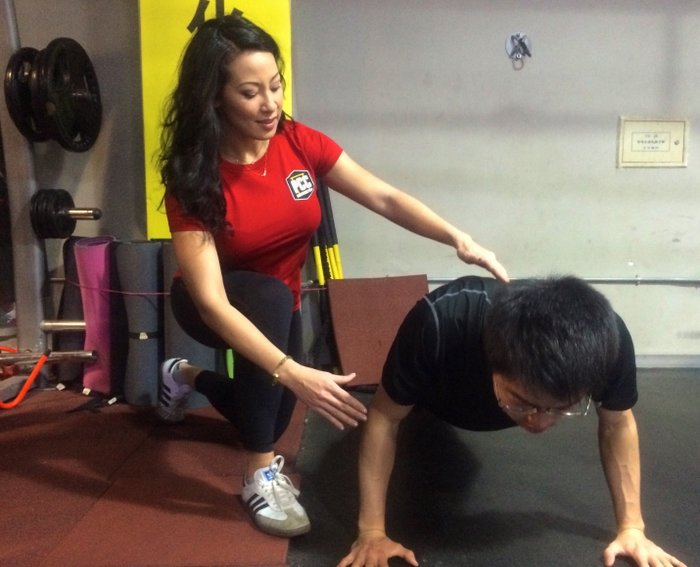



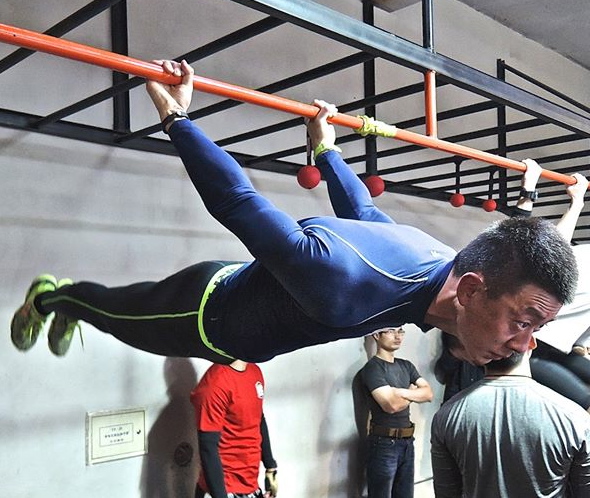

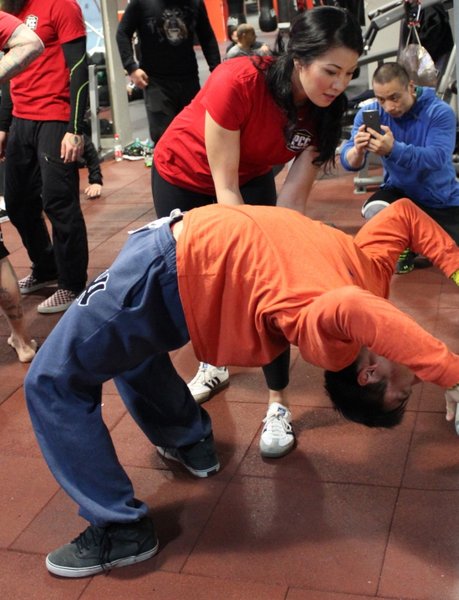
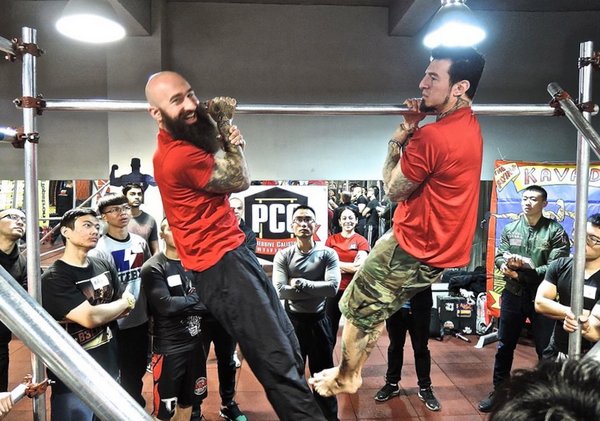
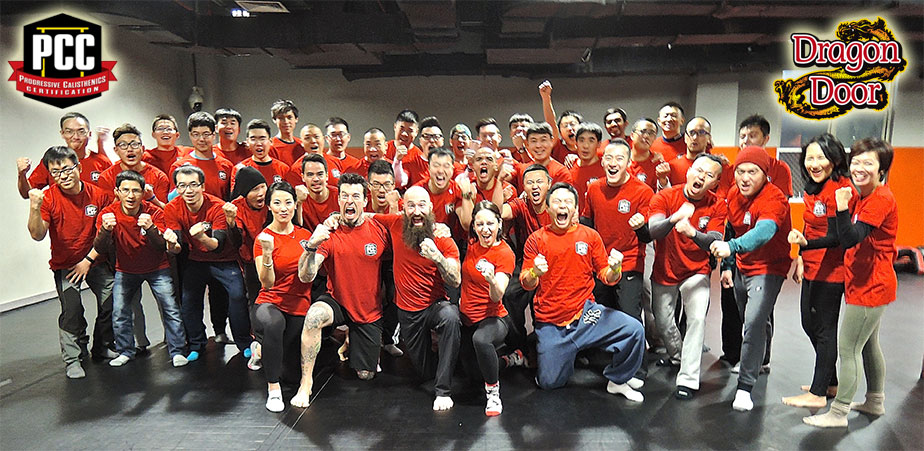

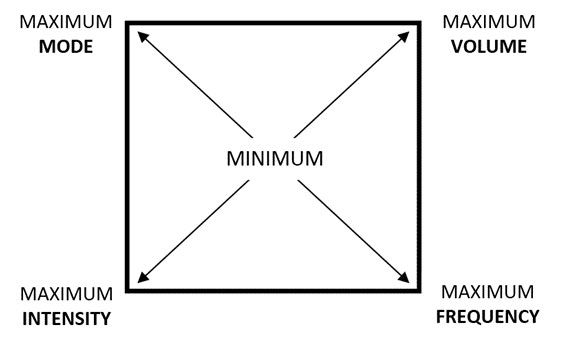
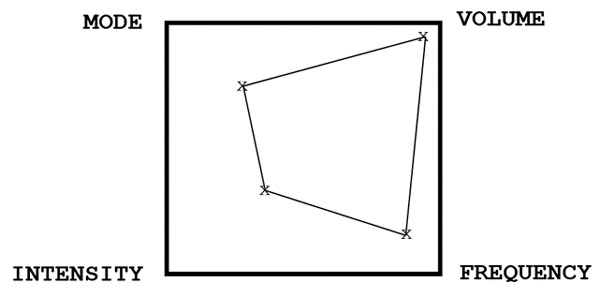
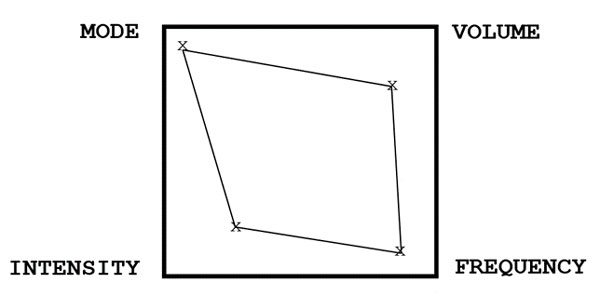
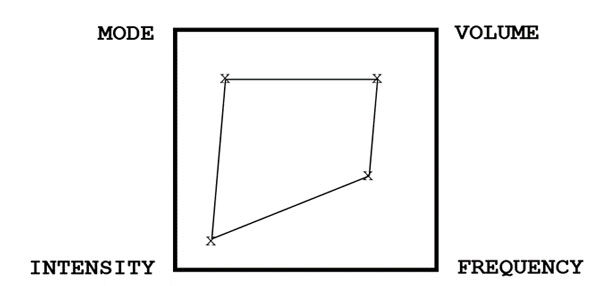
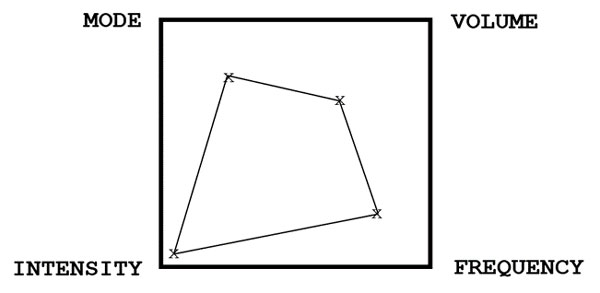
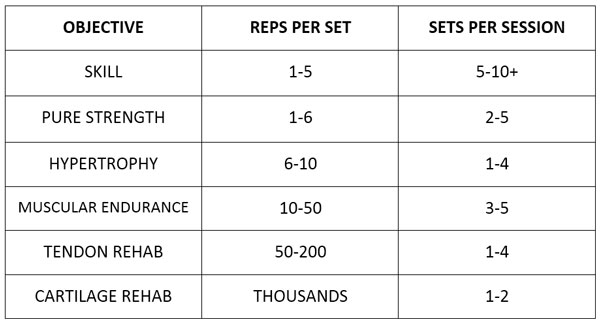

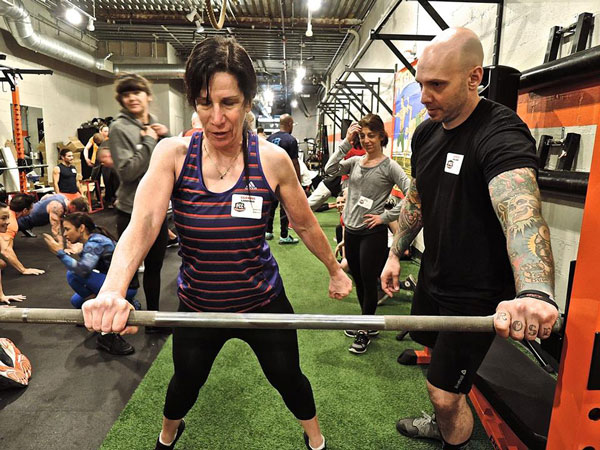
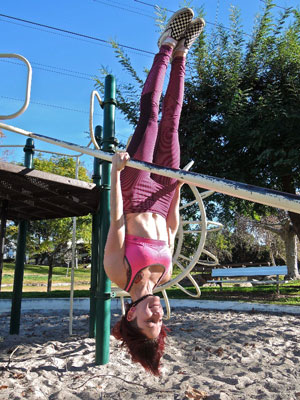
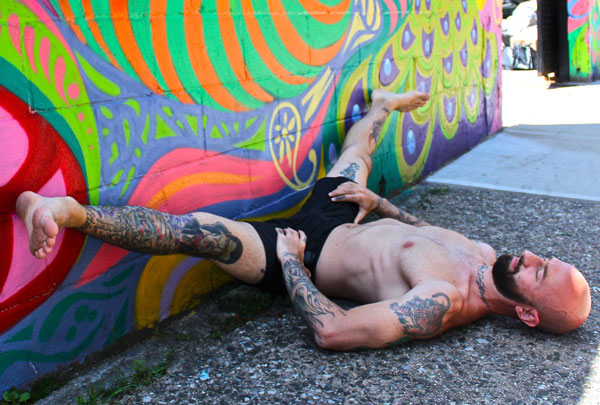


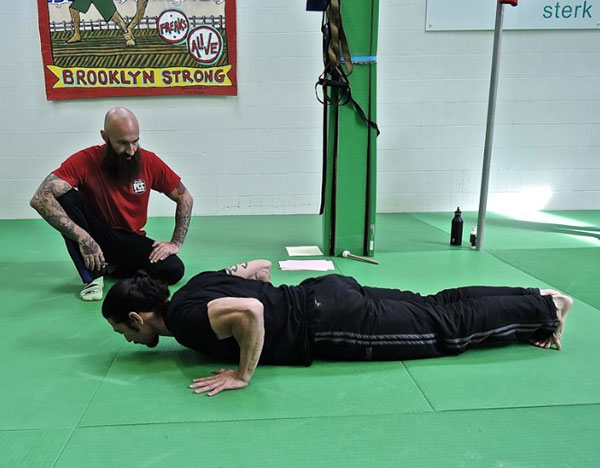
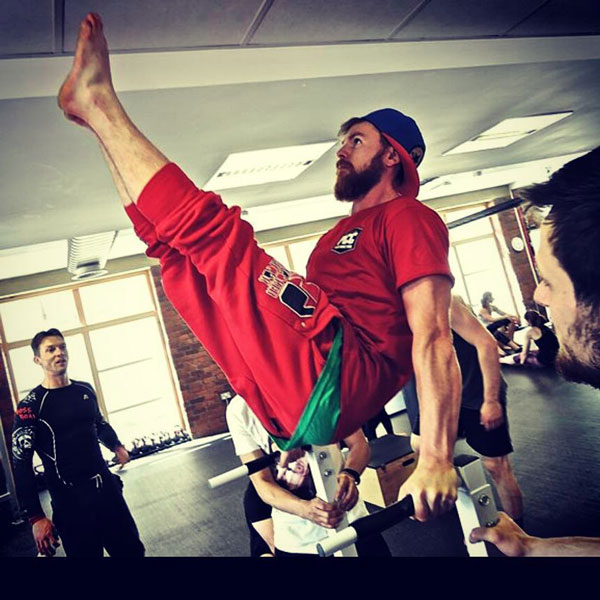
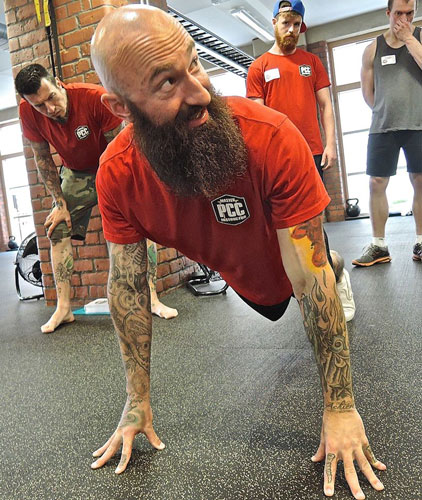
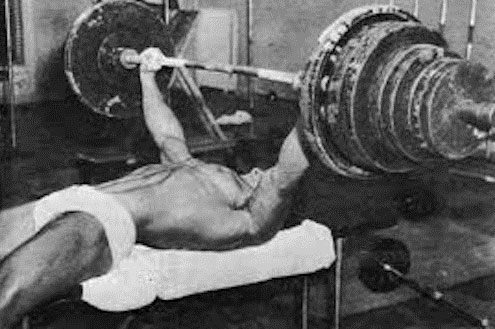
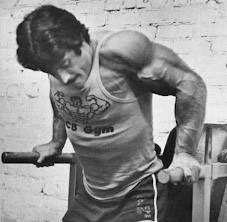 The king of High Intensity Training was Mike Mentzer. He shocked the training world with his one-set-to-failure philosophy, and he practiced what he preached. It was hard to argue with those results, either: back in ‘78 he was the first ever bodybuilder to win the Mr Universe with a perfect score. Many in the know also thought he was the winner of the highly controversial 1980 Mr Olympia, which was actually taken by a well out-of-shape Arnold S., who entered as a last minute contestant.
The king of High Intensity Training was Mike Mentzer. He shocked the training world with his one-set-to-failure philosophy, and he practiced what he preached. It was hard to argue with those results, either: back in ‘78 he was the first ever bodybuilder to win the Mr Universe with a perfect score. Many in the know also thought he was the winner of the highly controversial 1980 Mr Olympia, which was actually taken by a well out-of-shape Arnold S., who entered as a last minute contestant.

